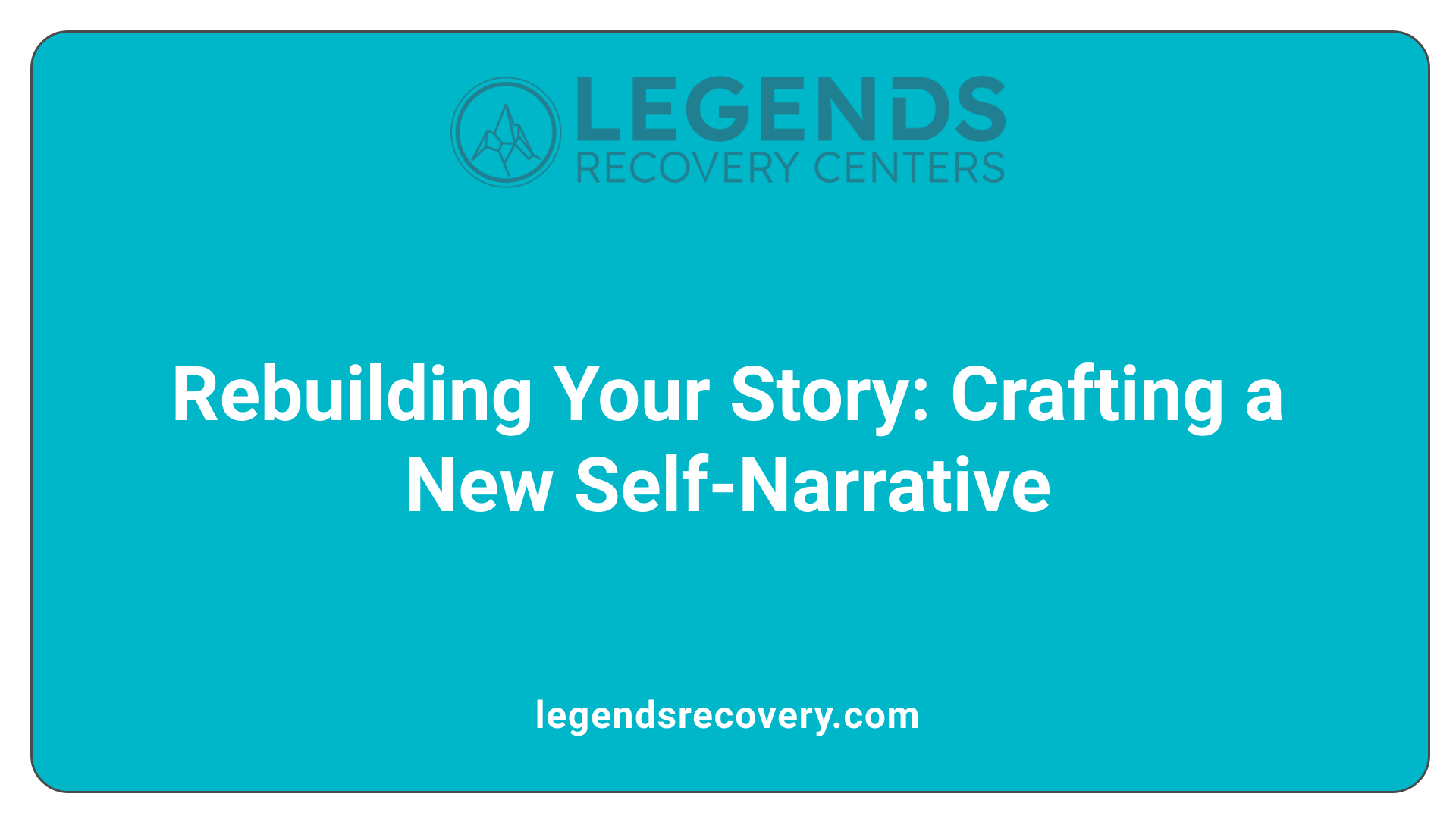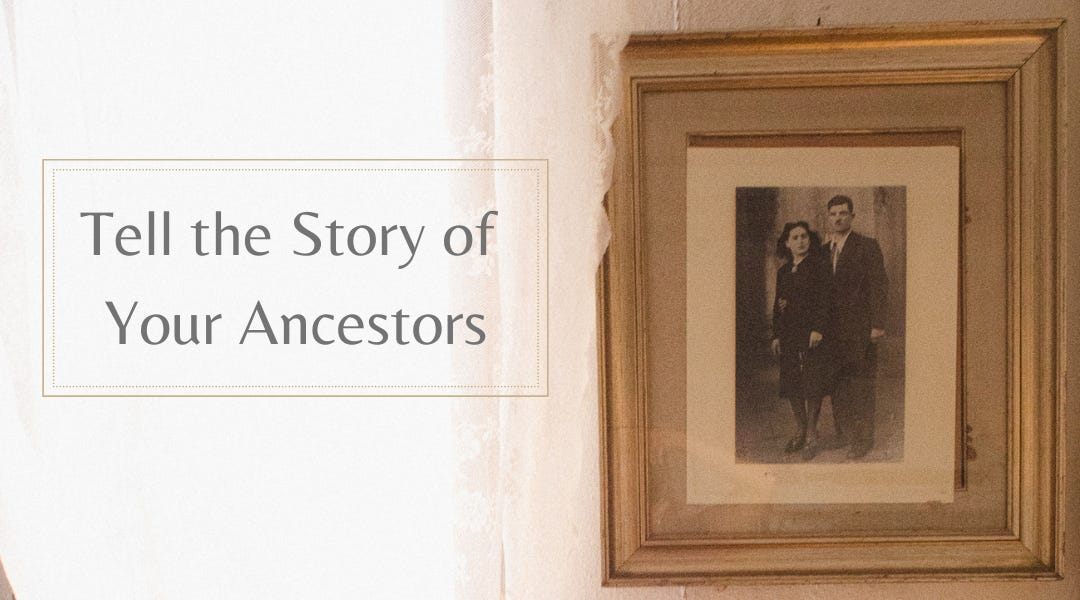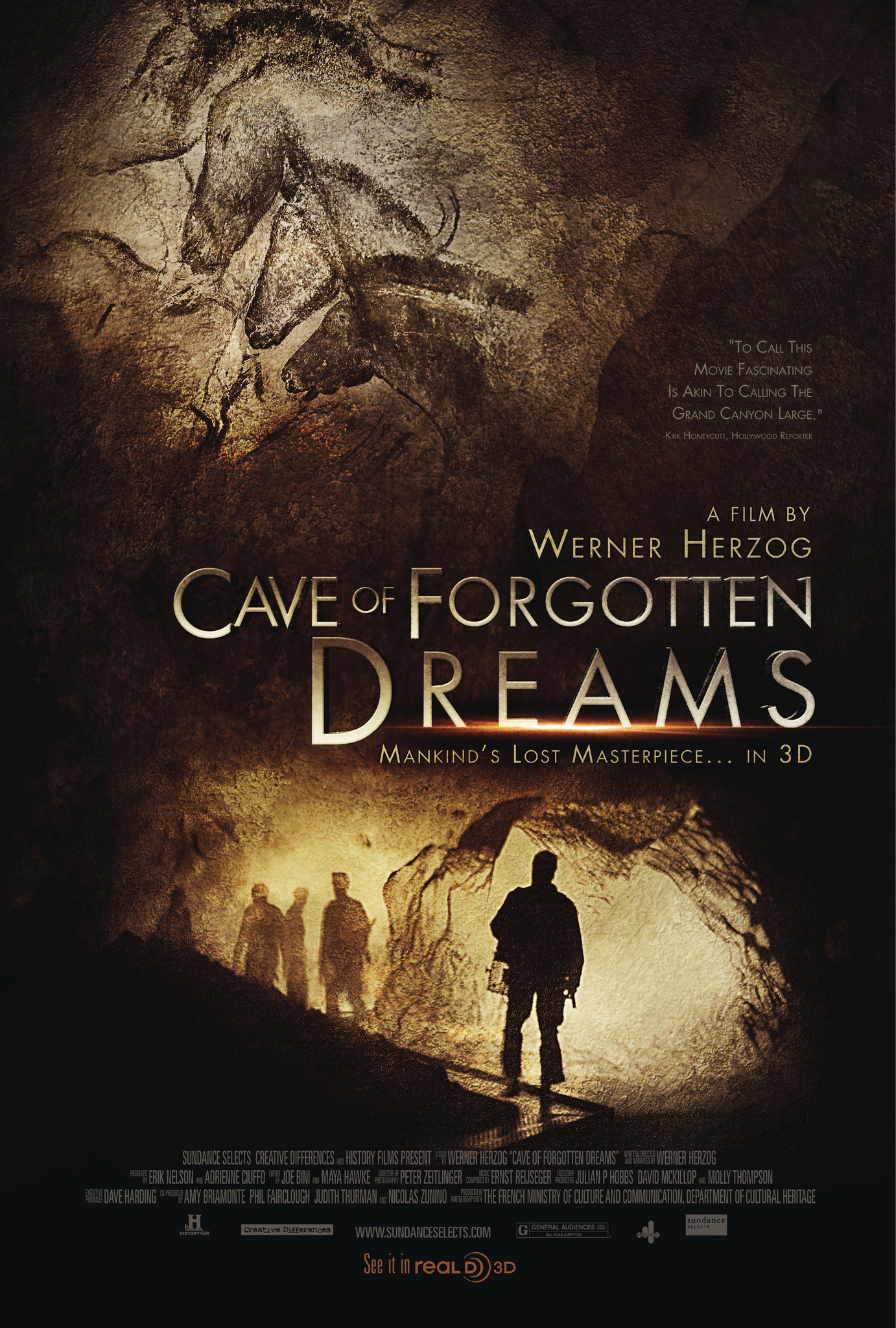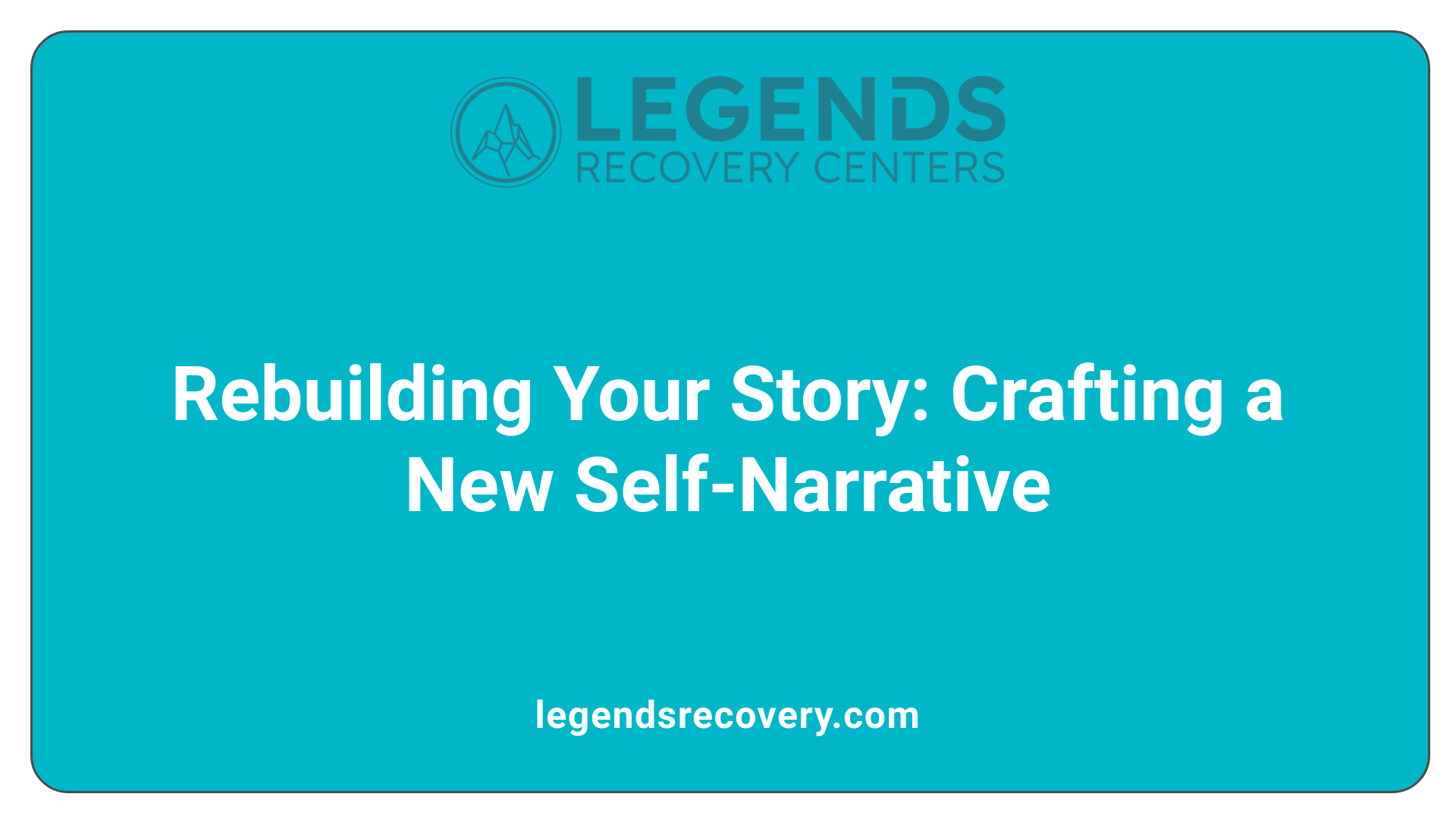Rebuilding your identity is not about starting over — it’s about finding the threads of your past that already live inside you and weaving them into a life that feels authentic, grounded, and whole. In a world that often encourages us to forget where we come from, rediscovering your roots becomes a powerful act of self-remembering. At Remin.site, we believe that your memories, stories, and values aren’t meant to fade — they are meant to guide.

Why Identity Feels Lost in the Modern World
Many of us reach a moment where we ask: Who am I, really? That question can feel terrifying — but it’s also a doorway. Today, our sense of self is often overwhelmed by fast-moving trends, curated digital personas, and global pressures that blur cultural lines.
The Role of Globalization and Digital Culture
Globalization has opened doors and dissolved borders. But it has also diluted many unique cultural markers that once helped us anchor our identity. As we adapt to hyper-connected life, we risk losing touch with our own narrative.
- Social media rewards conformity over authenticity.
- Mass culture flattens the depth of our traditions.
- The speed of modern life leaves little room for reflection.
“When you don’t know where you come from, it’s easy to forget where you’re going.”
Disconnection from Ancestry
For many, family history feels like a fog — vague names, old photos, lost stories. And yet, these roots hold the blueprint of who we are. Without them, we often drift.
According to Psychology Today, identity confusion is often tied to cultural displacement and unresolved ancestral trauma.
What Does It Mean to Rebuild Your Identity?
Rebuilding is not about reinventing. It’s about restoring the pieces that were left behind — the parts you didn’t know were yours, waiting quietly in your blood, your stories, your silence.
Self-awareness vs. Social Conditioning
Most of us grow up shaped by the expectations of others — parents, schools, society. But what happens when those expectations no longer fit? Rebuilding identity begins with asking:
- What parts of myself feel real?
- Which values have I inherited? Which have I chosen?
- Whose voice is guiding my decisions?
This process isn’t easy. But it is deeply liberating.
Identity as a Lifelong Journey
Your identity is not a static label. It’s a living, breathing story — and stories evolve. At Remin, we see identity not as a box you must fit into, but as a bridge you walk across — carrying memories, values, dreams, and questions.

Rediscovering Your Roots: Where to Start
Everyone’s roots are different — but the impulse to seek them is universal. Whether you feel adrift or simply curious, here’s how you can begin to reconnect:
Researching Family History and Genealogy
Dive into your ancestry. You don’t need to be an expert historian — you just need to be curious. Start with what you know:
- Ask relatives about your family tree.
- Use platforms like FamilySearch or Ancestry.
- Look through old letters, photos, or diaries — they carry emotional weight and detail.
Tools for Genealogical Research
- DNA testing (e.g., 23andMe, MyHeritage)
- Archives and census records
- Church or migration records
Even one name, one story, one town can open a window into your past.
Exploring Cultural and Spiritual Origins
Your roots are more than names. They’re also the songs your ancestors sang, the food they cooked, the rituals they practiced. By immersing in these, you begin to see your life not as isolated — but as connected.
Rituals, Traditions, and Languages
Try learning a few words of your ancestral language, or cooking a dish from your heritage. Recreate an old celebration or visit a homeland, if possible. Small acts, big shifts.
Storytelling: Listening to Elders and Ancestors
Speak to your elders. Record their memories. Stories passed through generations are like maps — full of symbols, warnings, and treasures. They carry wisdom that never made it into history books.
You can also store, organize, and protect these precious stories through platforms like Remin.site, where your memories and legacy are never lost — only passed forward.

Emotional and Psychological Healing through Ancestral Work
As you rediscover your roots, you may unearth more than stories. You may confront pain, loss, or disconnection. This is part of the healing.
Healing Generational Trauma
Trauma doesn’t begin with you. It often echoes through generations — through silence, fear, or inherited pain. Naming that pain is the first step toward release.
“You are not just the wounds you carry. You are the one who can heal them.”
According to Smithsonian Magazine, family narratives are crucial in shaping our emotional resilience, particularly when we acknowledge both the hardships and triumphs in our lineage.
Building Resilience Through Identity Reconnection
Knowing your roots doesn’t just ground you — it strengthens you. It reminds you that you come from survivors, creators, lovers, and fighters. You inherit more than genes — you inherit strength.

Rebuilding your identity isn’t about fixing what’s broken — it’s about coming home to yourself. In a fast-paced, globalized world, many of us feel adrift, disconnected from who we truly are. But your story didn’t start with you. It began generations ago, in a place, a language, a rhythm, a name that still echoes in your blood. And the journey to rediscover those roots is one of the most profound acts of healing and self-remembering you can undertake.
At Remin.site, we believe that death is not the end, it is the beginning. Your memories, your stories, your soulprint deserve to live on — not just in data, but in meaning. This is your legacy. And this article is your first step back to it.

Why Identity Feels Lost in the Modern World
In the age of hyper-connectivity, we have more access to each other than ever before — and yet, we often feel more disconnected from ourselves. Why?
The Weight of Digital Culture
We live in a world of constant projection. Social media curates not just what we see, but who we think we are. Over time, we trade our authenticity for approval. Our identity becomes a highlight reel rather than a story with depth, darkness, and discovery.
- Instagram filters over ancestral scars
- Viral trends over generational truths
- Endless scrolling over sacred storytelling
As Psychology Today notes, many identity crises stem from disconnection — not just from the world, but from our own origins.
“You can’t know where you’re going until you know where you come from.”
The Pain of Cultural Amnesia
We are not just people — we are places. We are dialects, ceremonies, lullabies, migrations. But many of us grow up with little access to our heritage. Colonization, displacement, assimilation, and silence fracture the lineage we belong to.
And so, we become wanderers. Not always in the world, but within ourselves.

What Does It Mean to Rebuild Your Identity?
To rebuild your identity is to sit with the fragments — even the painful ones — and say, “This is mine.” It’s not about creating a version of yourself to fit in. It’s about gathering the truth of who you already are and giving it breath again.
Beyond Social Labels
Identity isn’t a job title. It isn’t your relationship status. It’s not how you perform in front of others. It’s the thread that runs through your bones when you close your eyes and feel — really feel — your ancestors watching over you.
Ask yourself:
- Who were the people before me?
- What dreams did they pass down that I now carry?
- What part of my life has never been questioned, but deserves to be?
A Lifelong Restoration
This is not a weekend retreat. It’s a lifelong unfolding. And it begins with curiosity. It deepens with courage. And it softens with compassion for the parts of you that were once forgotten — but are still alive.
Rediscovering Your Roots: Where to Start
Rootwork is personal. There is no one path. But here are places where the search often begins — not in theory, but in practice.
1. Trace Your Bloodline
Start with what you know. Names. Dates. Towns. Traditions. Old recipes. Family stories — even the blurry ones. These are breadcrumbs leading home.
Use tools like FamilySearch, Ancestry, or local archives. Ask your parents. Your grandparents. Go visit the land, if you can. Touch the soil. Breathe the air.
2. Practice Cultural Rituals
Your ancestors spoke through their hands and hearts. Through food, music, prayer, fabric, story, and song. Begin to learn the rhythms again.
- Cook ancestral meals
- Learn your native tongue — even a few words
- Celebrate your traditional holidays
- Write or sing in the voice of your lineage

3. Listen to the Elders
Every elder is a living library. Sit down. Ask questions. Record their voice. Their stories are gold — not for the sake of nostalgia, but survival. They hold the answers to questions you haven’t even thought to ask.
“Walking. I am listening to a deeper way. Suddenly all my ancestors are behind me. Be still, they say. Watch and listen. You are the result of the love of thousands.”
— Linda Hogan

Why It Matters: Emotional Healing Through Ancestral Work
When you begin to reclaim your roots, you don’t just recover stories. You heal wounds. You soothe grief. You stop running from the silence. And that’s when things begin to shift — slowly, soulfully.
Research from Smithsonian Magazine reveals that children who know their family histories tend to have higher self-esteem and emotional well-being. Because identity is more than biology — it’s narrative. And you get to shape it, once you know it.
In the second half of this guide, we’ll dive deeper into how ancestral healing builds resilience, how you can integrate your past into your present, and how to create a legacy that carries your truth — forever.
And if you don’t know where to keep those sacred memories? Remin is where your story becomes seed, not storage. A place where your memories, ideas, and assets are not forgotten — but planted for future generations to bloom.
